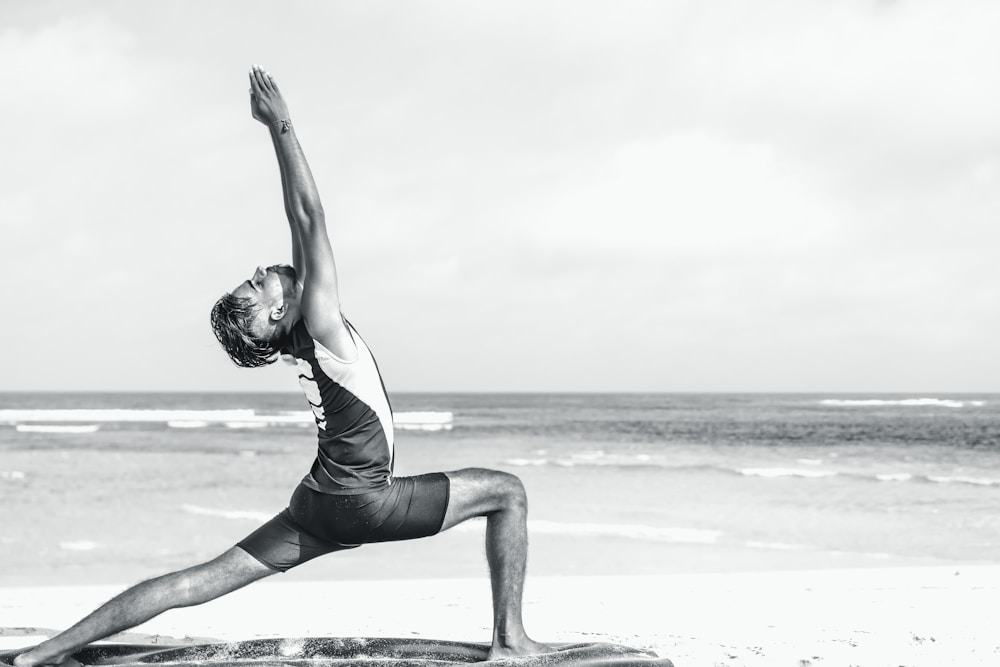Okay, I’ll admit it. I’ve never really understood stretching. It’s the bit before you start the best part where you can actually run. It’s the 2 minute activity of guesswork. Do the moves you were taught in Physical Ed back in primary, then sort of wing it and move hoping to feel an aching painful feeling that makes you label it as ‘yes, that muscle is stretched and prepared to run now’.
Bet you weren’t expecting that. I’ve run two half marathons, I’m training for my first full 26.2 miler and I’ve just said to the rest of the t’internet that I don’t know how to stretch. Wild, I know. So, how do you actually stretch?
What Is Happening?
Running is exercising your body. Okay, that’s obvious. But the act of running is more complex than we realise. Here’s what’s happening under the surface when you run.
- You push your heart to pump blood faster round your entire body, causing your blood vessels to dilate, your lungs, capillaries and cells to cope and adapt to this sudden change of heart rate.
- In your first few minutes of a run, your body first uses the adenosine triphosphate (ATP), which is the lovely bunch of molecules that convert what you eat into glycogen so you have energy.
- After that, you start releasing lactic acid. That’s your body realising you are exercising and adapting its functions to make sure you have enough oxygen to finish your run, survive and feel good.
- The longer you run, the higher your core body temperature gets. That means your blood vessels work harder to bring blood near the skin. That’s why you’re so hot, puffy and flushed by the way. And when you sweat, don’t moan – that’s your body trying to cool you down so you don’t get heatstroke.
- The more you run and the longer you run, the more your body gets used to this cycle.
So you have a lot to thank your body for. It is keeping you alive whilst you run. And if you’re reading this, it’s been successful. But, if you excuse the pun, your body goes the extra mile for you, by triggering your endorphins into action too. They explain the ‘feel good’ factor.
So, don’t you think you kind of owe it yourself, to your body, to prepare it for that pressure? If that’s not enough, stretching will decrease the risks of you getting injuries like pulled muscles, Achilles Tendonitis and many, many more.
The ‘Moves’ You Should Be Making
First of all, the 2 minute activity I labelled stretching as is wrong. To properly stretch, you need to assign 10 minutes. Stretching isn’t just a few leg swings and arm over shoulder pushes. You need to relax and loosen up all of your muscles.
Not to scare you, but there’s even different types of stretching, including ‘Proprioceptive neuromuscular facilitation’ (PNF) and Static Stretching. I don’t think many runners have exactly memorised the biology behind, and full scientific name of, every single stretch. But the point remains. Above is why you should stretch. Let me focus on one of the most important parts of the body you need to stretch.
Legs, legs, legs
This is too often used as a cheeky lil caption on a female’s Instagram picture pre-clubbing night out in an even more cheekly LBD. How ironic is it that we can’t stop saying the words when we’re going out with intentions of poisoning our liver, but we forget how to prep our two running friends for quickened movement? Social media rant over, here’s just one (of many) examples of how I’m now warming up my legs and how you should too.
It’s the, what I like to call, ‘Stand, Hold and Admire The View’ , as demonstrated by myself below.

How to:
- Stand up straight, ideally in front of a wall to balance if you need to.
- Bend one of your legs (as you can see I’m doing in the Peak District) and use your secure in position.
- You should feel the stretch in your upper leg and groin area.
- Hold for 30 seconds.
- Repeat for your other leg.
Is stretching something you want more guidance on? Still guessing? Tell me and I’ll help where I can.
